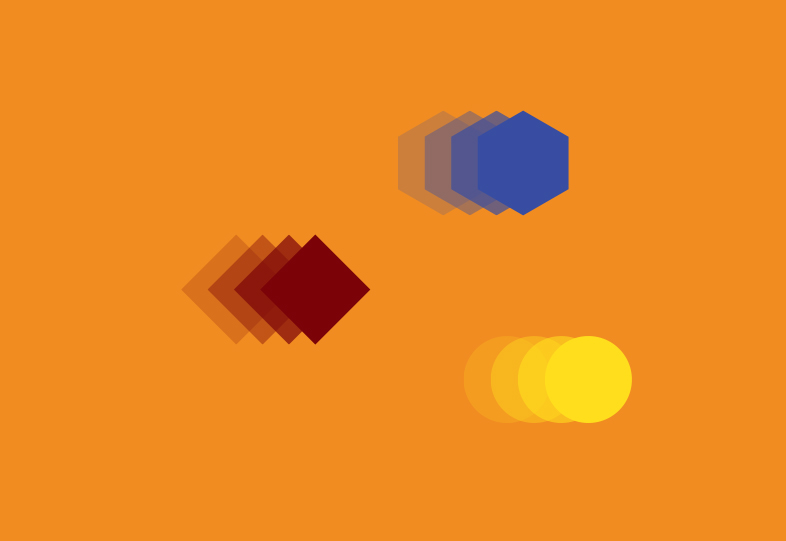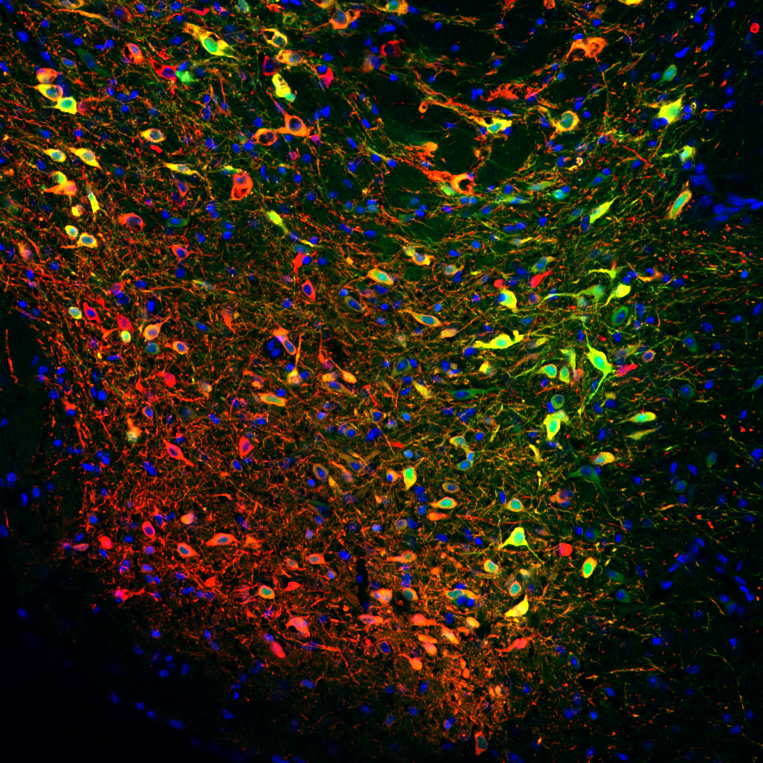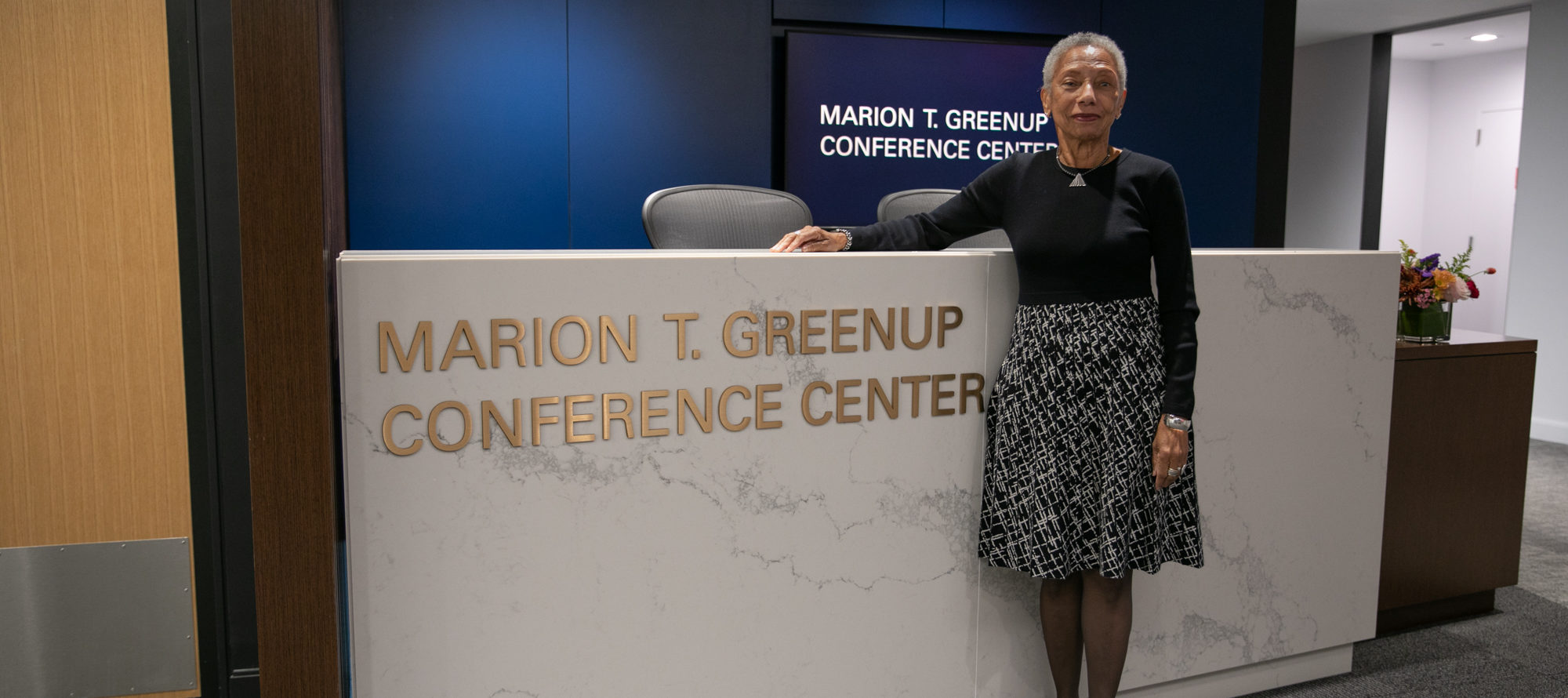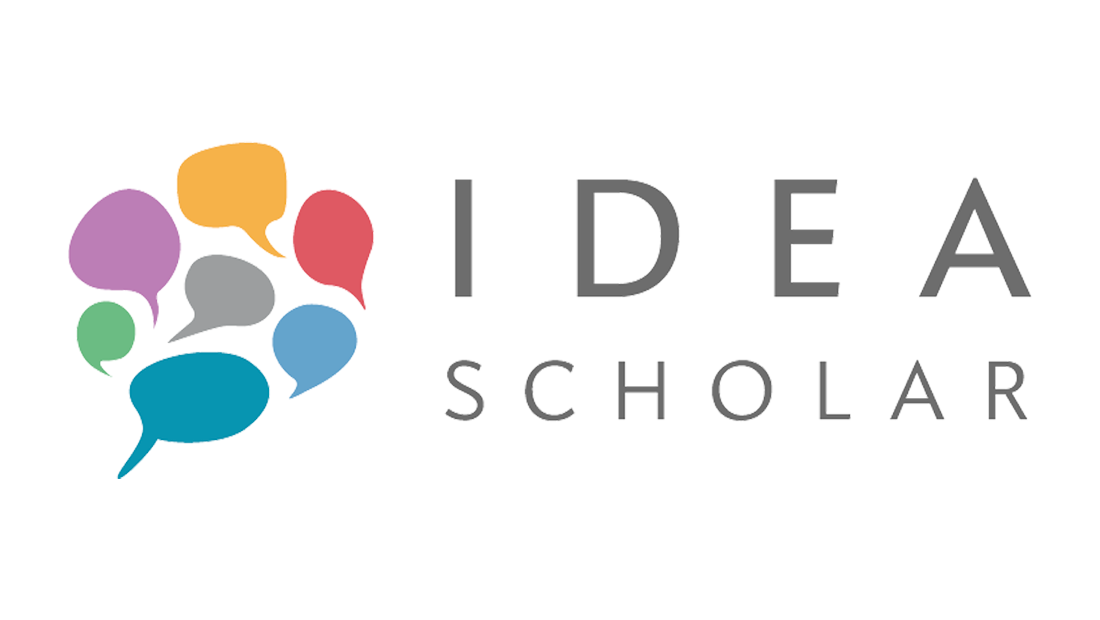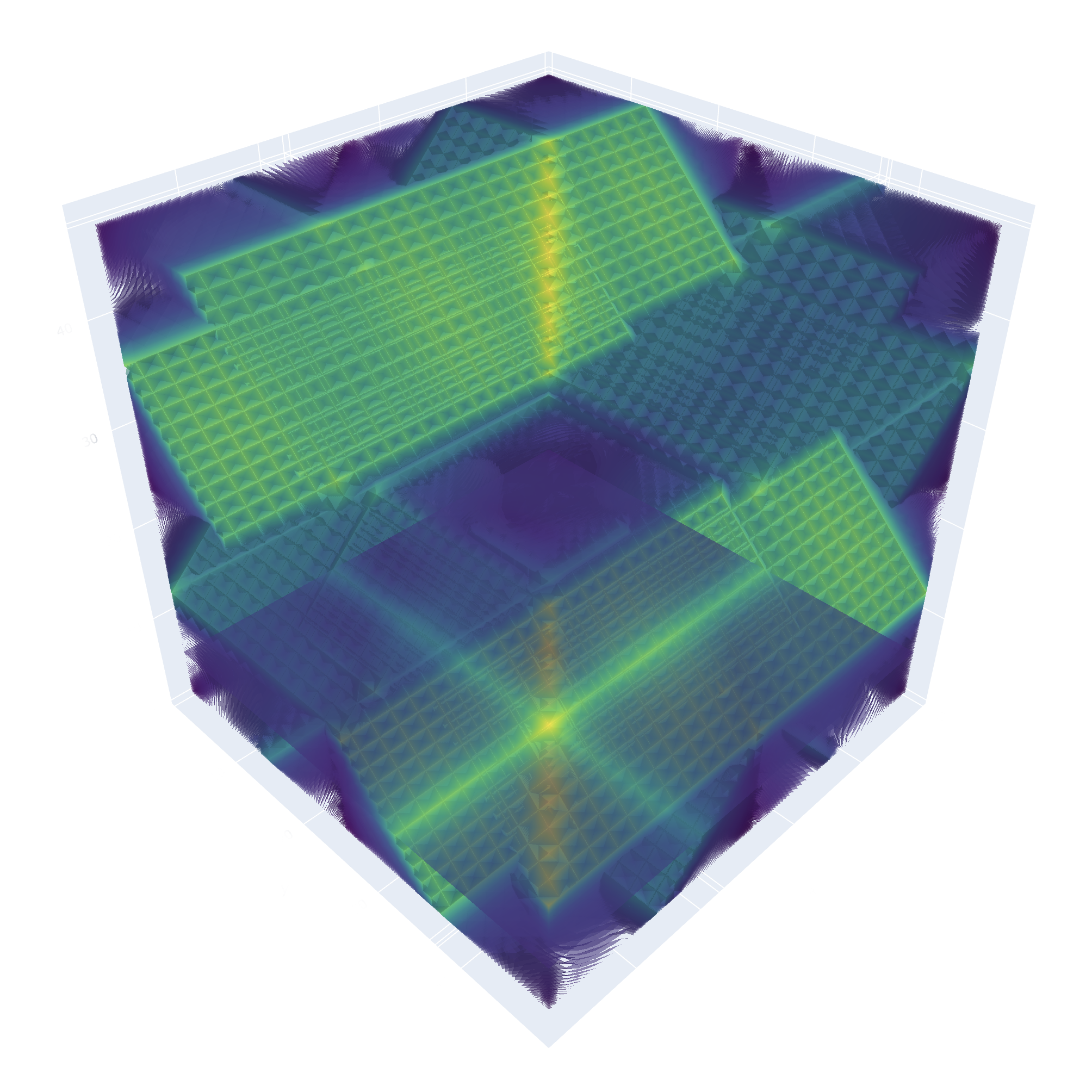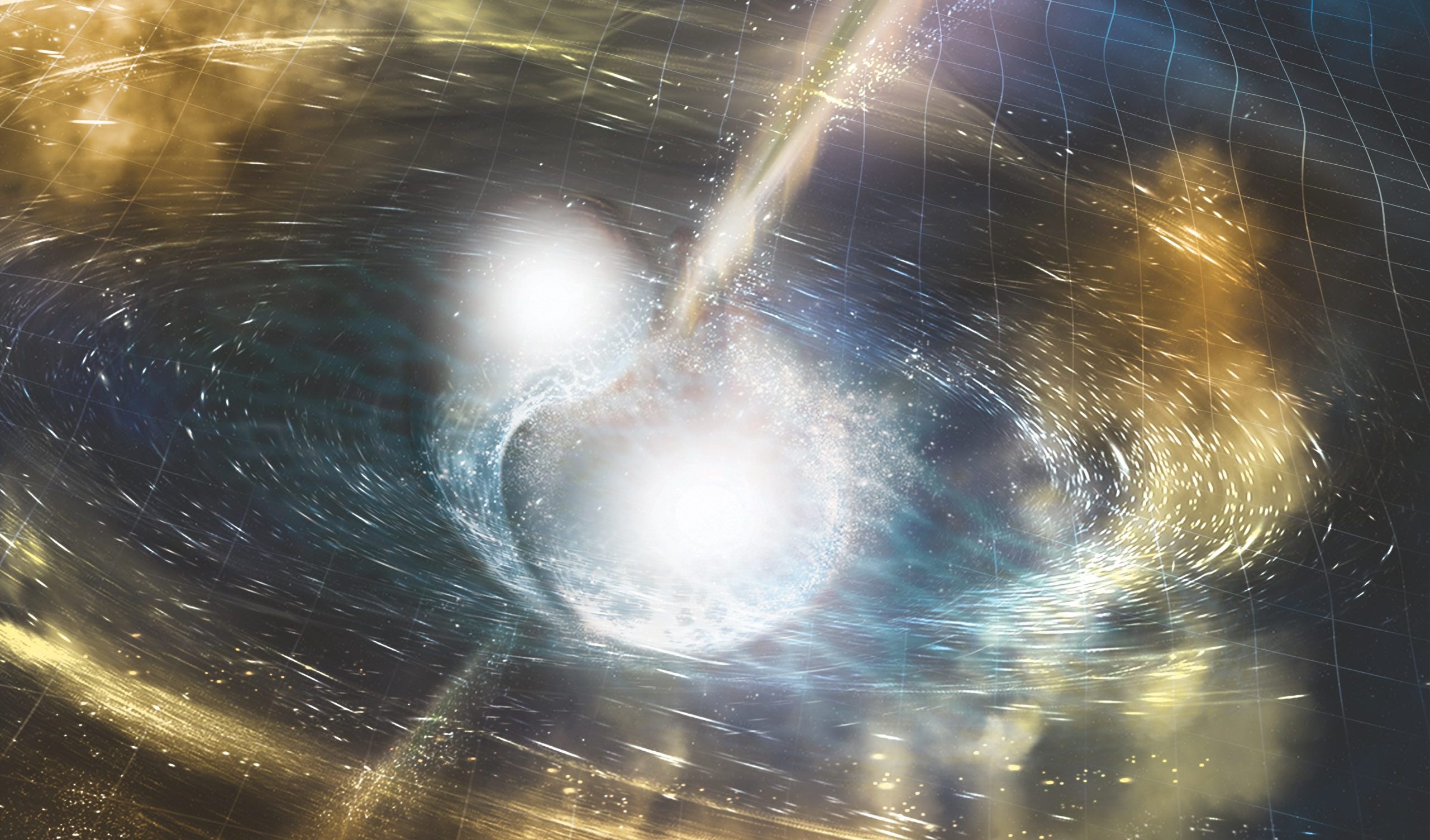
How the ‘Hell Planet’ Got So Hot
Simons Foundation, December 2022New research sheds light on how the “hell planet” got so devilishly hot and how other worlds might become too toasty for life. That rocky world, 55 Cnc e (nicknamed “Janssen”), orbits its star so closely that a year lasts just 18 hours, its surface is a giant lava ocean, and its interior may be chock-full of diamond.
